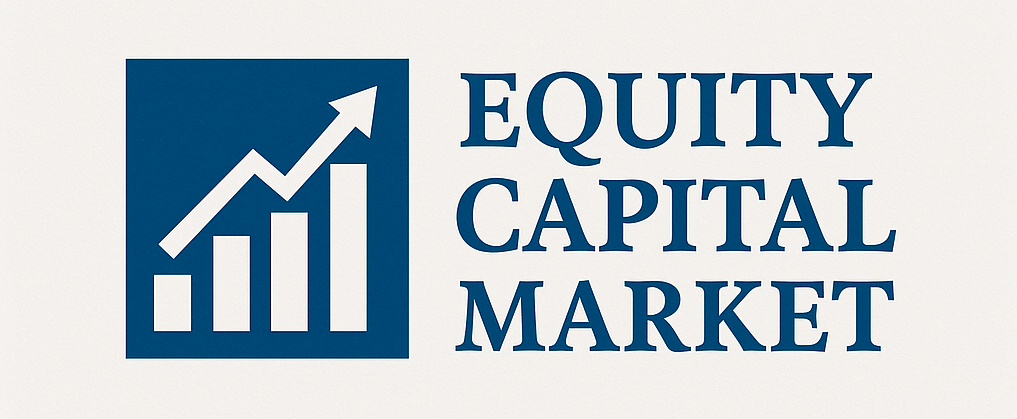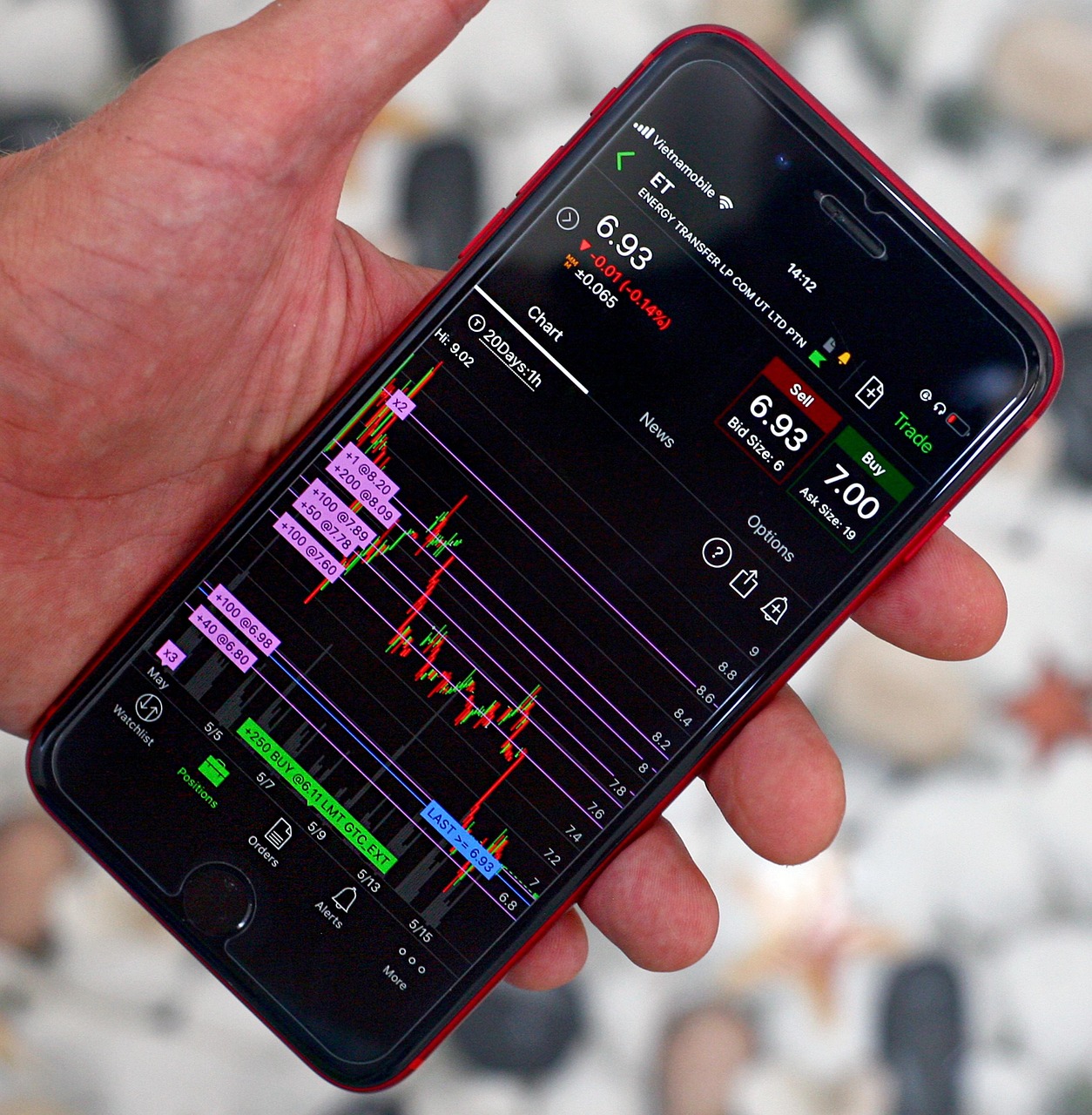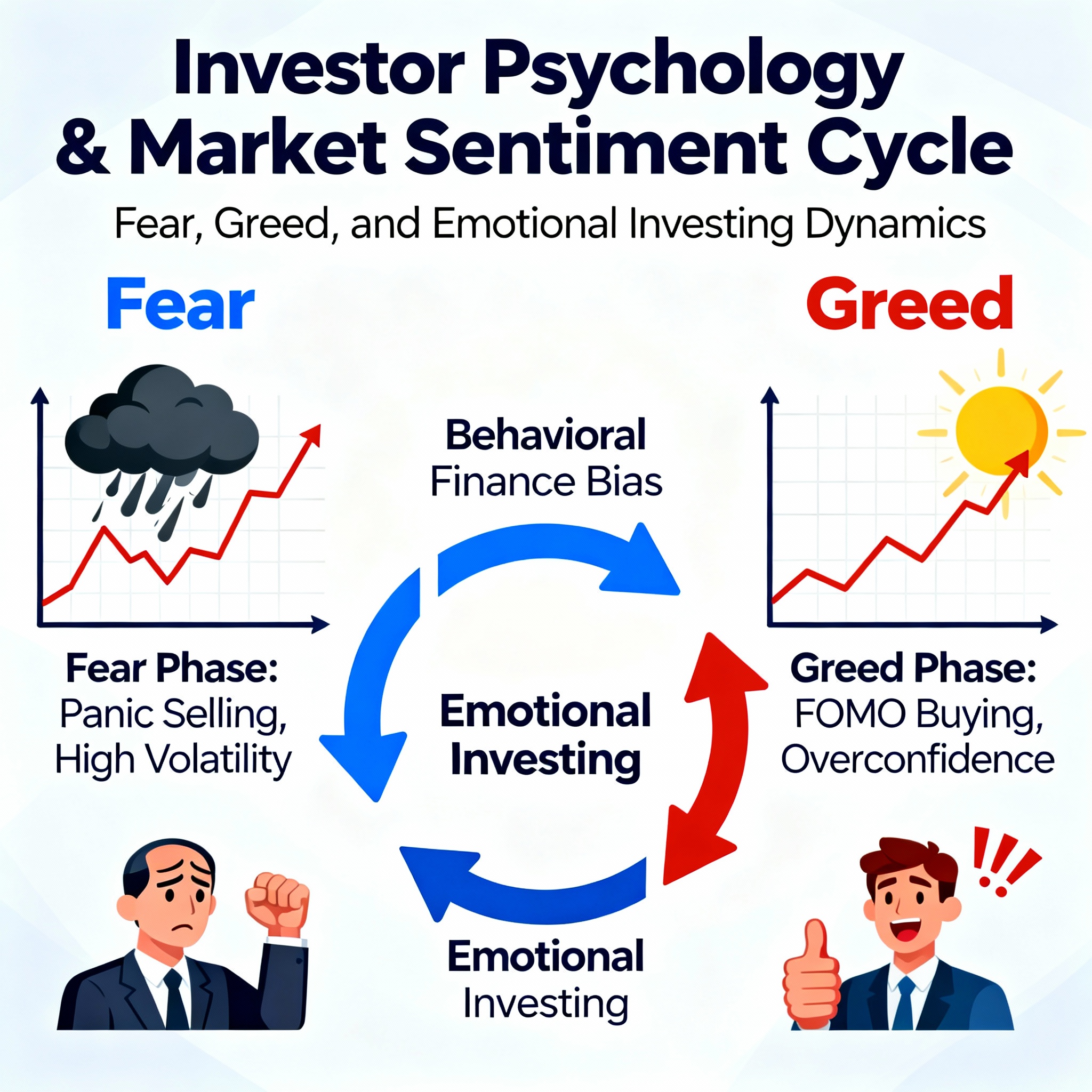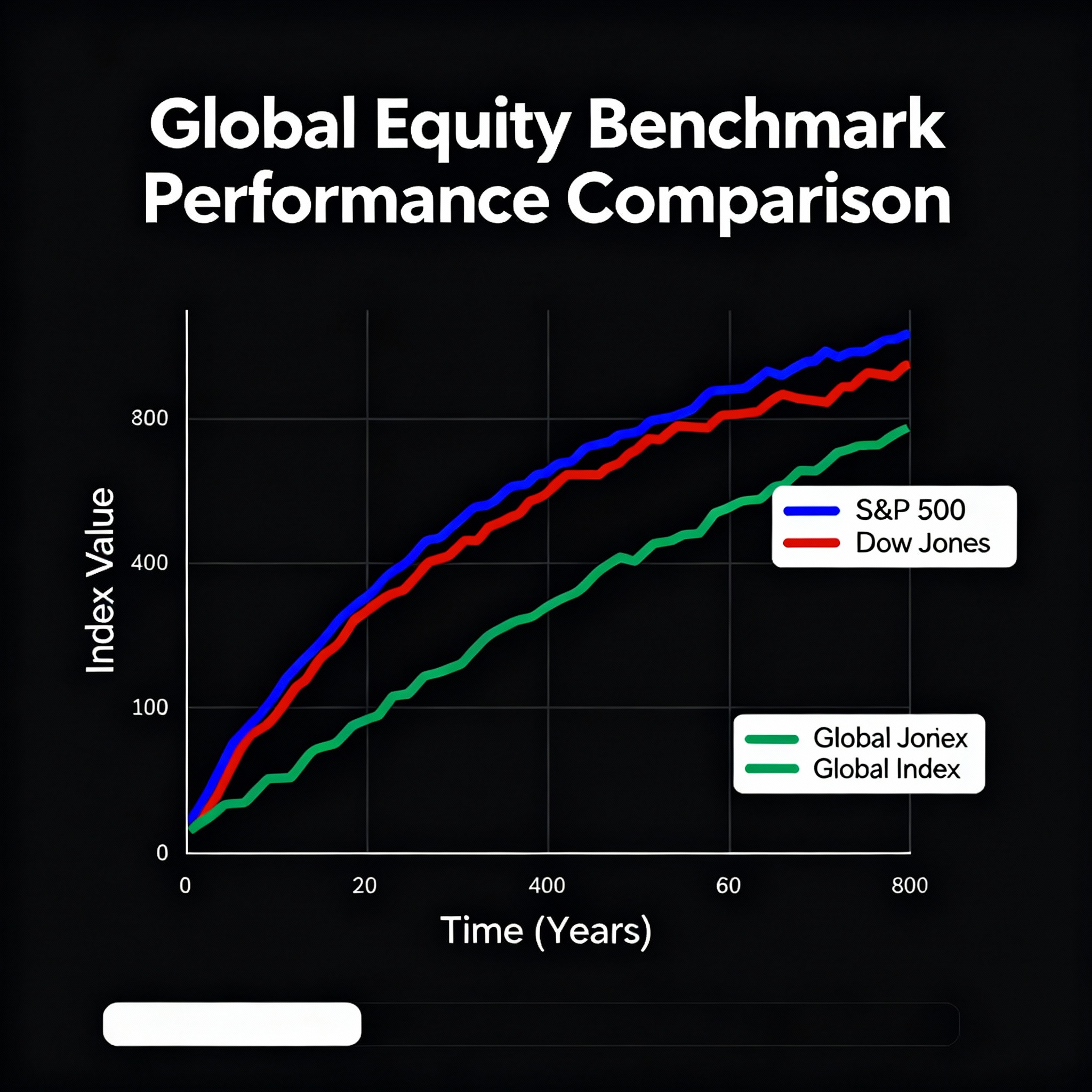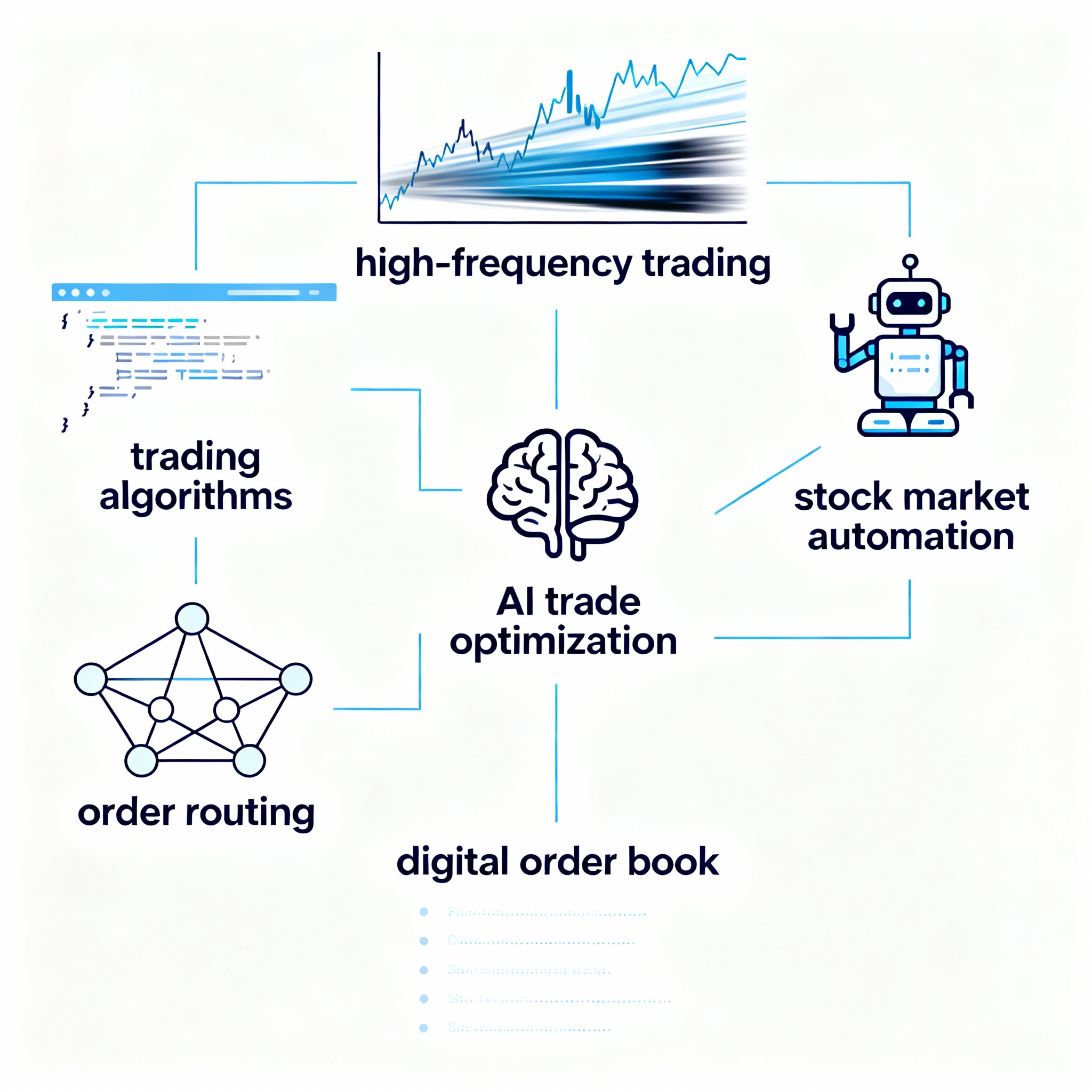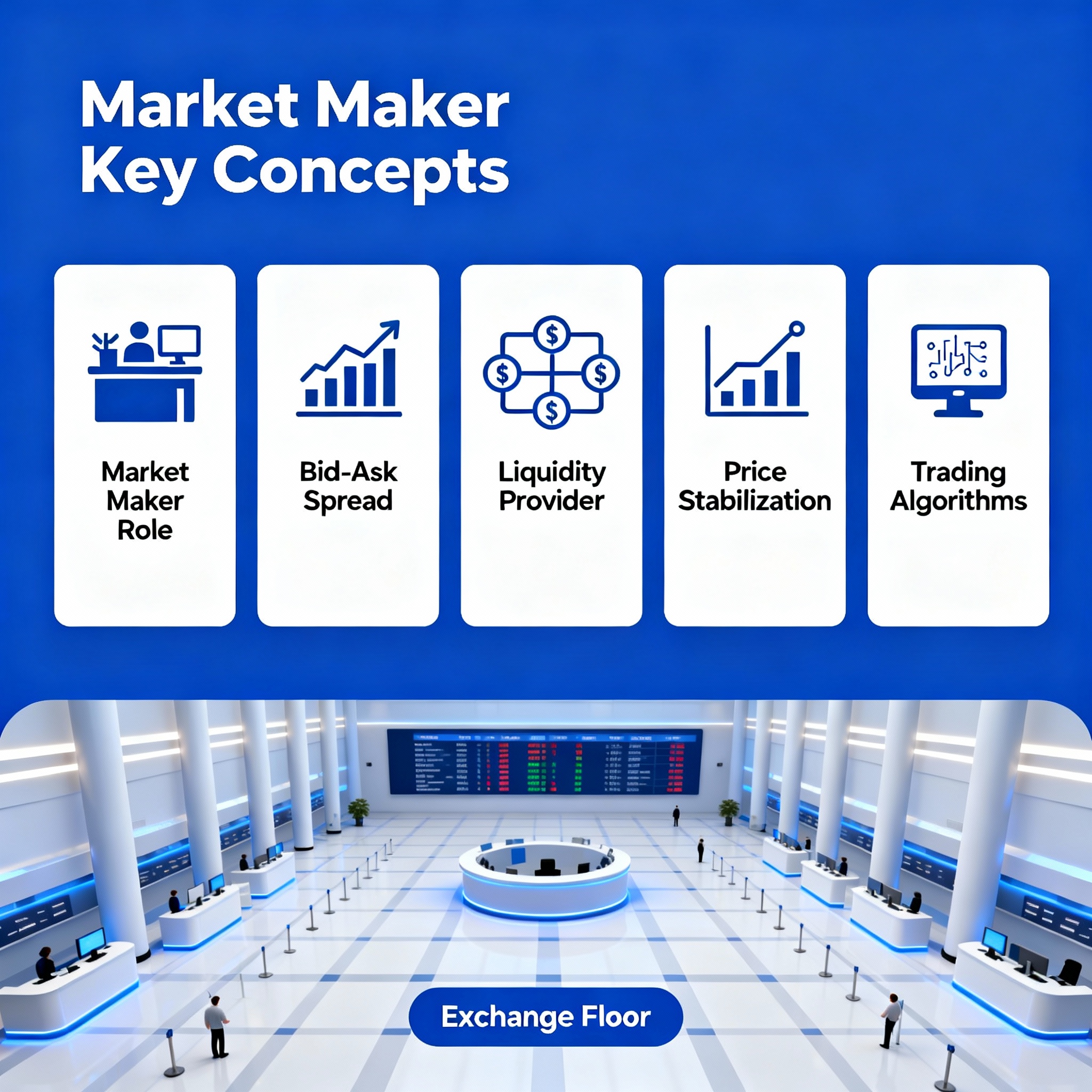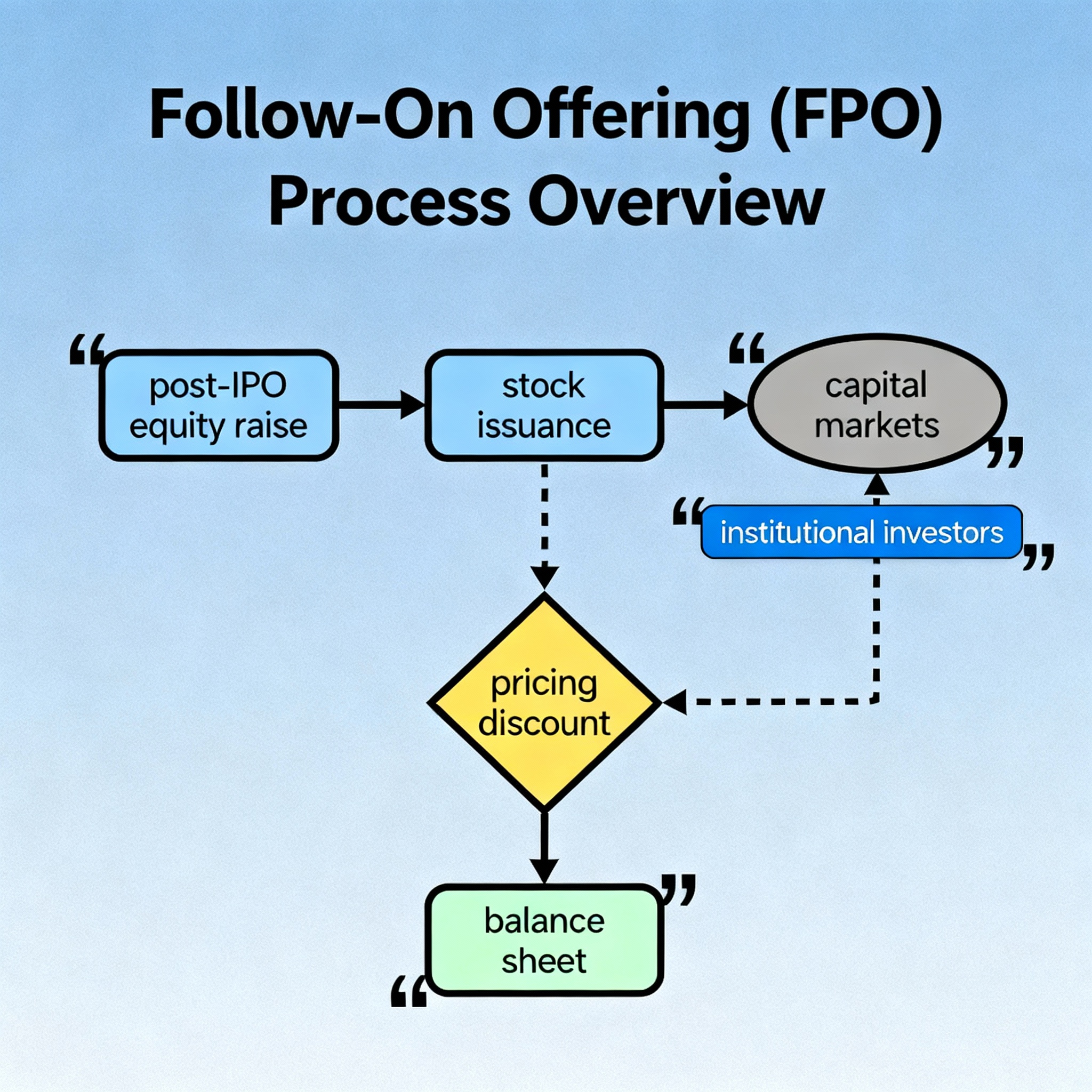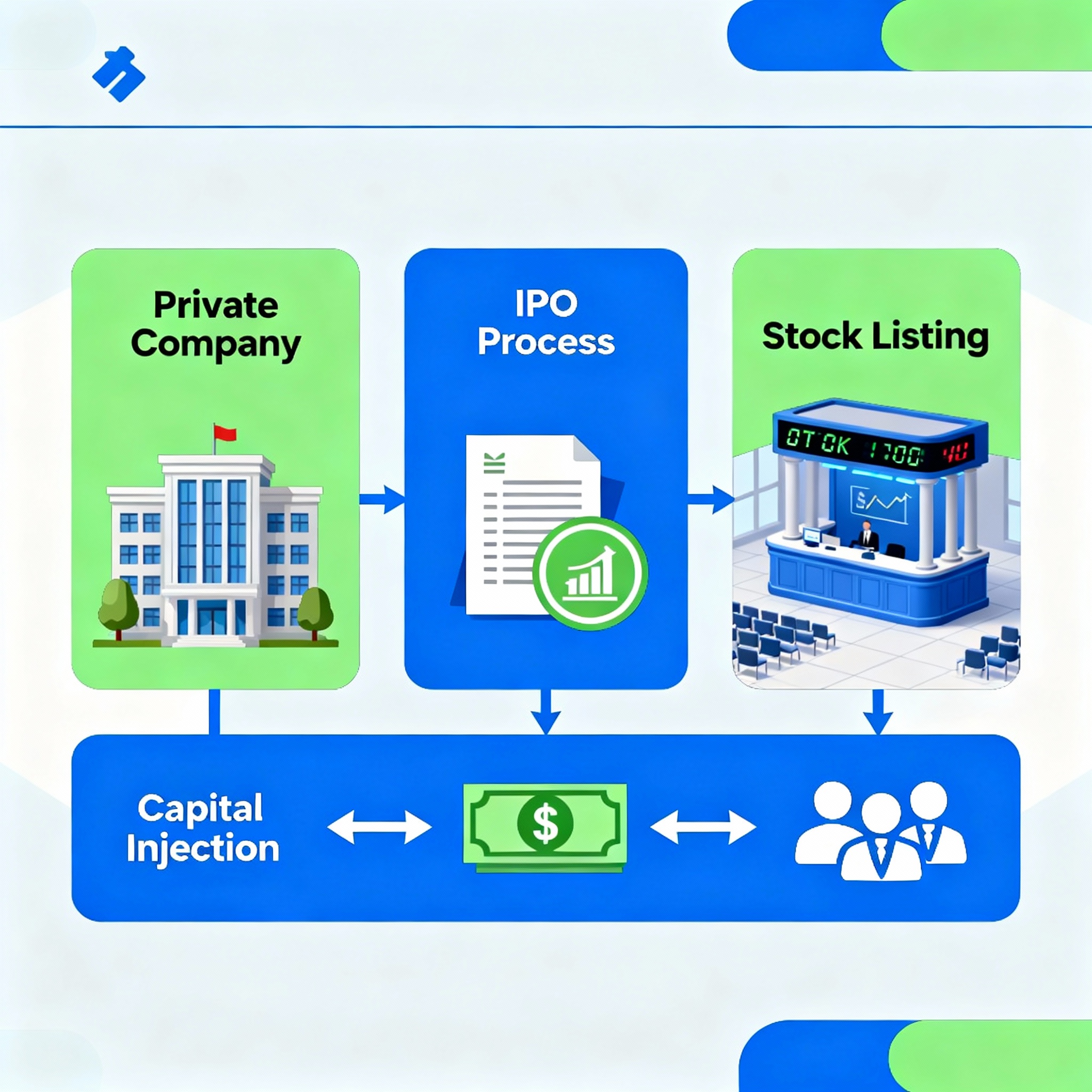Regional Bank Blues: Is This Just a Bump in the Road or Are We Heading for Another Rough Patch?
If you’ve been watching the markets this week, it’s like déjà vu all over again—echoes of that 2023 mess with Silicon Valley Bank, but hopefully not as nasty. The Regional Bank sector is facing renewed scrutiny as headlines from October 16-17, 2025 reveal serious jitters on Wall Street. Stocks took a hit, gold spiked to … Read more
